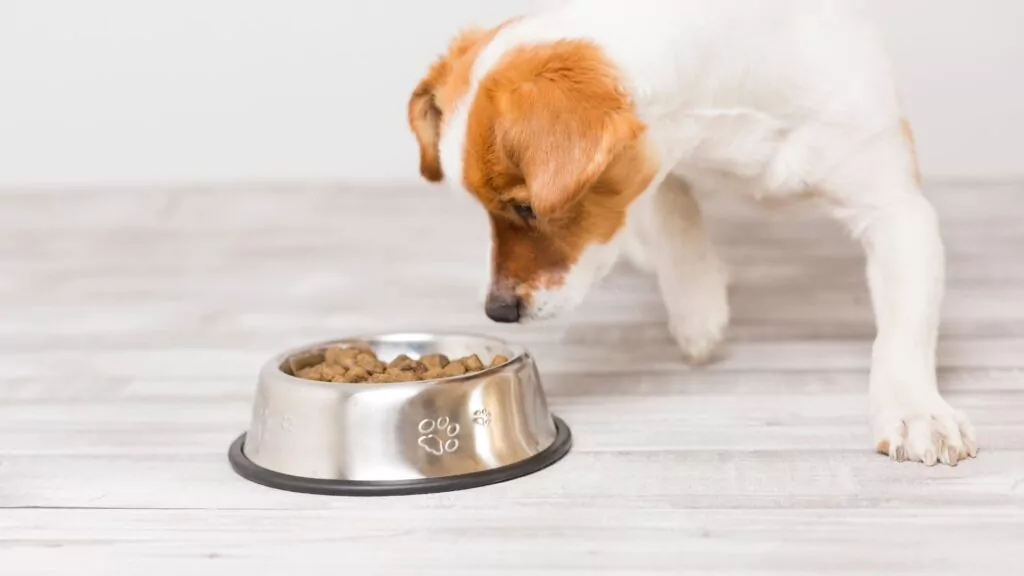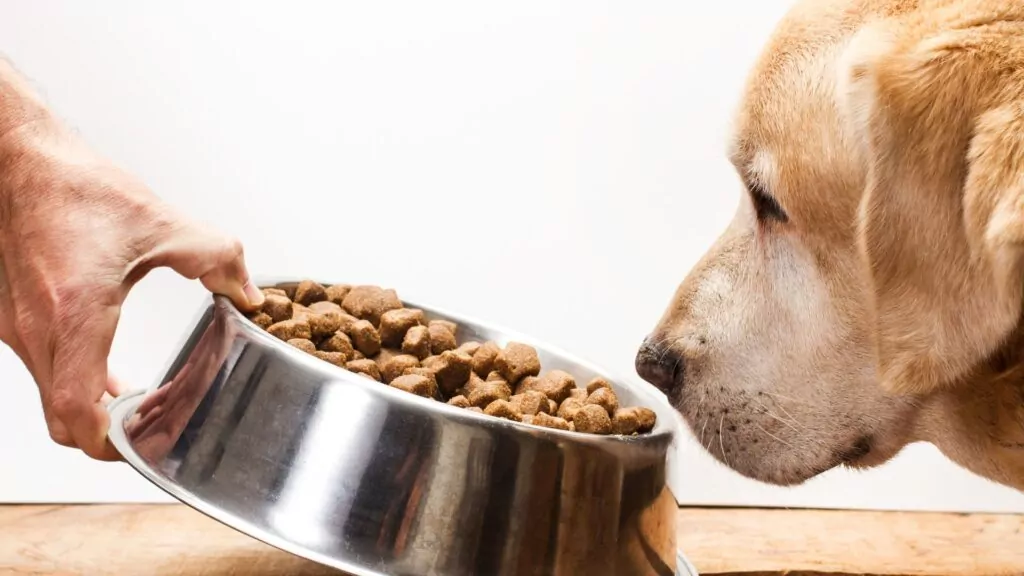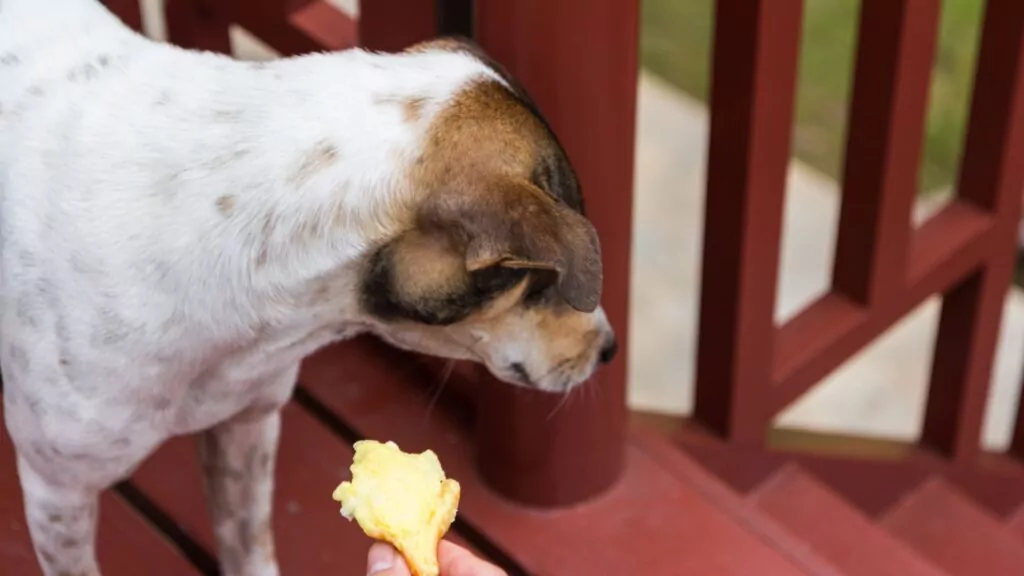Loss of appetite (anorexia) is a common issue in dogs that should not be ignored. Understanding the causes, recognizing symptoms, and seeking prompt veterinary care can help restore your dog’s appetite and overall health.
Loss of appetite indicates an underlying medical or behavioural issue that prevents the dog from wanting to eat. Symptoms include decreased appetite (hyporexia), disinterest in food, weight loss, and behavioural changes around mealtimes. As pack animals, an abrupt disruption of a dog’s eating habits often signals larger issues. Thus, acting quickly and consulting a vet is key.
Stress, anxiety, pain, dental disease, infections, and conditions like cancer and kidney failure often underlie appetite issues. Veterinary examinations help diagnose the cause through blood tests, dental evaluations, and imaging. Treatment addresses the underlying condition first.
Catching a decrease in appetite early allows for quicker vet intervention. Monitor eating habits and watch for:
- Behavioural changes around food (disinterest, aggression, anxiety)
- Physical symptoms like lethargy, diarrhea, vomiting
- Abrupt or gradual changes in appetite
- Age and routine factors
To encourage eating, try:
- Warming canned food
- Soaking kibble in broth
- Adding nutritious mix-ins like boiled chicken
- Maintaining feeding schedules
Preventing appetite issues involves balanced nutrition, enriching mental stimulation, daily exercise, and regular vet check-ups. Overall, being alert to changes in your dog’s appetite helps ensure prompt care for their short- and long-term wellbeing.
Recognizing the Signs of Loss of Appetite

The key to addressing your dog’s loss of appetite lies in recognizing associated symptoms and patterns early on. Be alert for behavioural, physical, and contextual shifts that accompany changes in your dog’s eating habits.
Behavioural Signals
Because dogs are pack animals, perceivable adjustments in their food-related behaviour can indicate underlying issues:
- Disinterest in food
- Aggression around their food bowl
- Anxiety around mealtimes or when left alone
Physical Symptoms
If refusal to eat accompanies concerning physical symptoms, seek prompt veterinary attention:
- Lethargy or extreme fatigue
- Diarrhea
- Vomiting or nausea
Monitoring Eating Patterns
Also note the nature and timescale of shifts in your dog’s appetite:
- Was the change abrupt or gradual?
- How does it align with your dog’s age and routine?
Document details to share with your vet.
Common Medical Causes
Many medical conditions cause dogs to lose interest in food. Among the most prevalent:
Stress and Anxiety
- Disruptions to routine
- New people, pets, or surroundings
- Loud noises like thunder or fireworks
Hormonal Changes
- Heat cycles
- Pregnancy
- Nursing
Illness and Pain
- Infections
- Cancer
- Pancreatitis
- Kidney disease
Dental Disease
- Broken teeth
- Oral tumors
- Tooth root abscesses
Digestive Upset
- Foreign object ingestion
- Dietary changes
- Compromised gut flora
Appropriate treatment targets the root cause after thorough veterinary diagnosis.
Encouraging Your Dog to Eat

If your dog stops eating for over 24 hours, seek emergency veterinary care. In the short term, try tempting their appetite with:
- Warm canned food. Microwave wet food for a few seconds to release aroma.
- Soaked kibble. Adding hot water or low-sodium broth softens dry food.
- Nutritious mix-ins. A spoonful of boiled chicken or rice boosts flavour.
Also help your dog feel comfortable and relax at mealtimes. Maintaining consistent feeding schedules in quiet settings minimizes stress.
The Importance of Prevention
Stopping appetite issues before they start prevents deterioration of long-term health. Regular veterinary check-ups enable early intervention, especially for senior dogs. Daily enrichment, exercise, and balanced nutrition also proactively safeguard your dog’s wellbeing.
In conclusion, acting quickly when you notice your dog’s appetite changing gives them the best chance at prompt treatment and recovery. Being attentive, keeping records, trying home remedies, and seeking veterinary care can help diagnose the root cause so tail wags continue at mealtime.
